Sustainable chemical engineering lies at the intersection of innovation, efficiency, and environmental stewardship. It encompasses the design, development, and implementation of processes and technologies that minimize resource consumption, waste generation, and environmental impact while maximizing efficiency and productivity. Key principles include the use of renewable resources, energy-efficient processes, waste reduction, and the development of eco-friendly materials. Innovations in sustainable chemical engineering range from alternative energy sources like solar and wind power to advanced recycling techniques and green chemistry methodologies. Engineers in this field strive to optimize processes to reduce energy consumption, greenhouse gas emissions, and overall environmental footprint. They also focus on developing alternative materials that are biodegradable, non-toxic, and renewable, aiming to replace conventional, harmful substances with safer alternatives.
Additionally, sustainable chemical engineering involves considering the entire lifecycle of products, from raw material extraction to end-of-life disposal or recycling. Life cycle assessment (LCA) techniques are employed to evaluate the environmental impacts of processes and products comprehensively. Through LCA, engineers can identify areas for improvement and make informed decisions to minimize environmental harm. Collaboration across disciplines is crucial in sustainable chemical engineering, as it requires expertise in chemistry, materials science, environmental science, and process engineering. By integrating knowledge from various fields, engineers can develop holistic solutions that address both environmental and economic concerns.
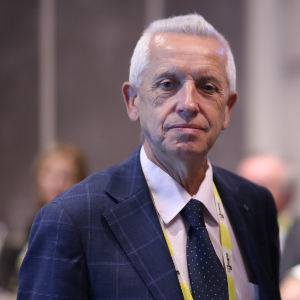
Stanislaw Dzwigaj
Sorbonne University, France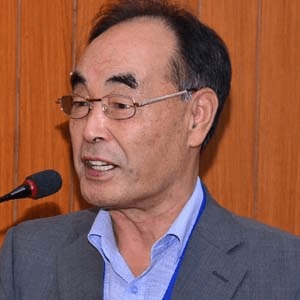
Dai Yeun Jeong
Asia Climate Change Education Center, Korea, Republic of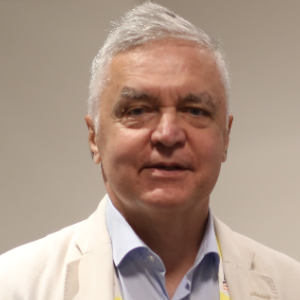
Sergey Suchkov
N.D. Zelinskii Institute for Organic Chemistry of the Russian Academy of Sciences, Russian Federation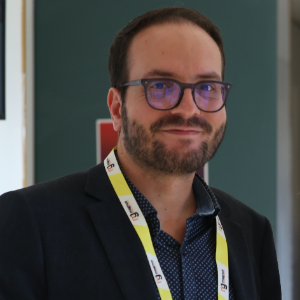
Enrico Paris
CREA-IT & DIAEE, Italy
Rabeharitsara Andry Tahina
GPCI-ESPA Antananarivo University, Madagascar
Jiri Dedecek
J Heyrovsky Institute of Physical Chemistry , Czech Republic
Uday Som
Research and Development Engineer, Japan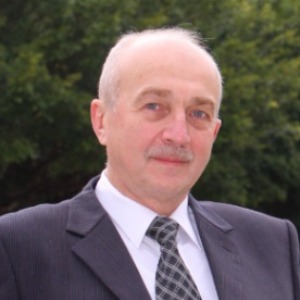
Vladimir G Chigrinov
Hong Kong University of Science and Technology, Russian Federation



Title : Distant binuclear vanadium V(II) cationic sites in zeolites and their reactivity
Jiri Dedecek, J Heyrovsky Institute of Physical Chemistry , Czech Republic
Title : Advanced nanostructures for carbon neutrality and sustainable H₂ energy
Tokeer Ahmad, Jamia Millia Islamia, India
Title : Personalized and Precision Medicine (PPM) as a unique healthcare model via bi-odesign, bio- and chemical engineering, translational applications, and upgraded business modeling to secure the human healthcare and biosafety
Sergey Suchkov, N.D. Zelinskii Institute for Organic Chemistry of the Russian Academy of Sciences, Russian Federation
Title : Antibody-proteases as a generation of unique biomarkers, biocatalysts, potential targets and translational tools towards nanodesign-driven biochemical engineering and precision medical practice
Sergey Suchkov, N.D. Zelinskii Institute for Organic Chemistry of the Russian Academy of Sciences, Russian Federation
Title : Dimethyl ether synthesis from syngas over Cu-Zn/Al2O3 catalysts prepared using the Sol-Gel method
Uday Som, Research and Development Engineer, Japan
Title : Influence of various catalysts on H₂ enhancement and CO2 capture during syngas upgrading
Enrico Paris, CREA-IT & DIAEE, Italy
Title : Photoaligned azodye nanolayers : New nanotechnology for liquid crystal devices
Vladimir G Chigrinov, Hong Kong University of Science and Technology, Russian Federation
Title : Application of vanadium, tantalum and chromium single-site zeolite catalysts in catalysis
Stanislaw Dzwigaj, Sorbonne University, France
Title : Advances in heterogeneous catalysis for green conversion of propene to aldehydes and alcohols
Ram Sambhar Shukla, CSIR-Central Salt and Marine Chemicals Research Institute (CSMCRI), India
Title : Oxidation of methane to methanol over pairs of transition metal ions stabilized in the zeolite matrices
Jiri Dedecek, J Heyrovsky Institute of Physical Chemistry , Czech Republic